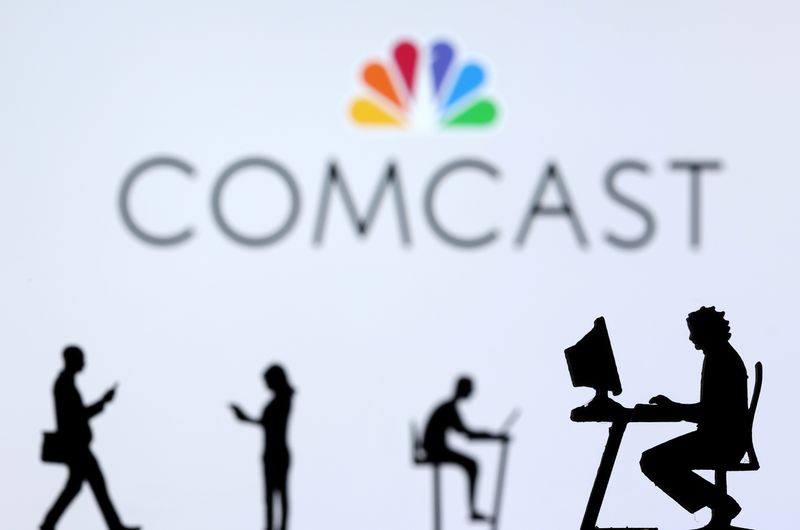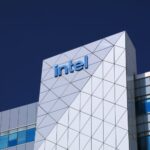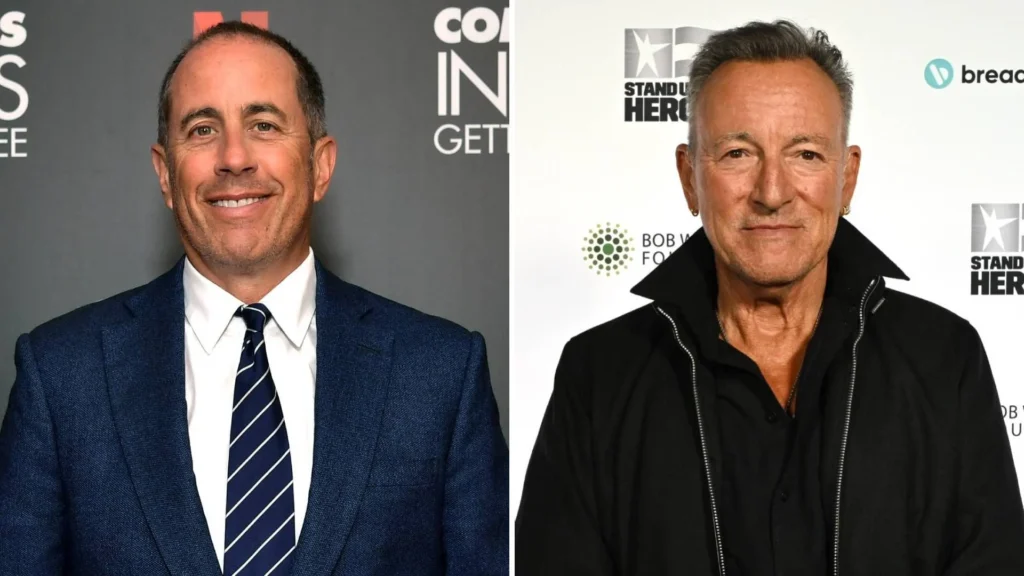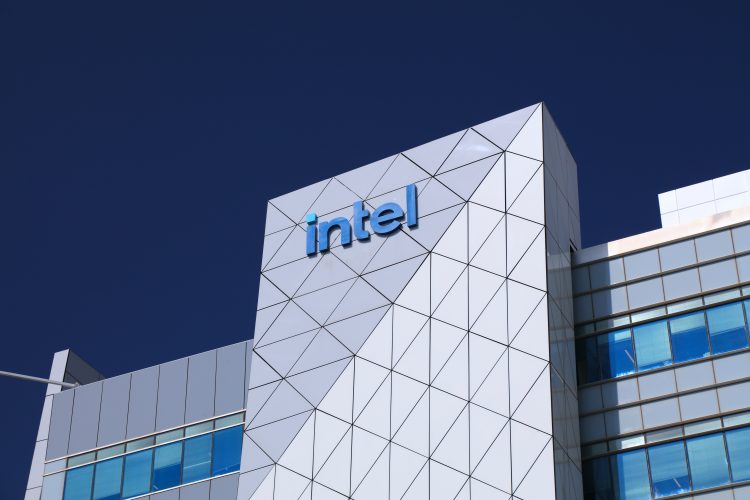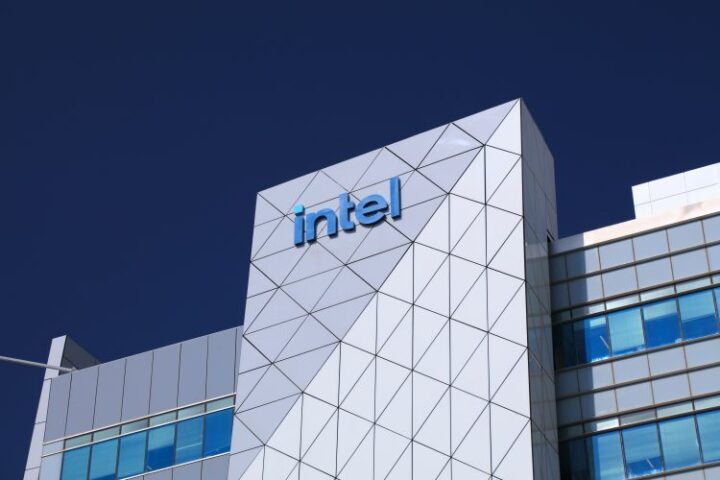A bold rebrand marks MSNBC’s transformation into MS NOW as the network prepares for life after Comcast, leaving behind its iconic Peacock logo.
The world of media and television is undergoing rapid transformation, and one of the biggest shifts in 2025 comes from MSNBC. The well-known cable news channel is preparing for a rebranding that will see it transition into “MS NOW.” Along with this change, the channel will drop its signature Peacock logo, a move that marks the beginning of a new era just ahead of Comcast’s highly anticipated spinoff. The decision reflects broader industry trends where legacy media companies are reinventing themselves to stay competitive in an age dominated by digital platforms, streaming, and shifting audience preferences.
MSNBC has been a familiar name in American cable news for decades, known for its progressive programming, political analysis, and strong lineup of anchors. Its affiliation with NBC News and the iconic Peacock logo gave it credibility and recognition in the crowded news market. However, as consumer habits evolve and streaming reshapes the way people consume information, the brand is choosing to redefine itself. By becoming “MS NOW,” the channel signals a more modern, forward-looking identity that resonates with audiences seeking immediacy, clarity, and relevance.
The removal of the Peacock logo is a symbolic but important step. For years, the Peacock represented NBC’s heritage and was instantly recognizable to viewers. Yet, for MSNBC, dropping the symbol suggests independence from its parent brand as Comcast prepares to spin off the company. In today’s media environment, branding is not only about nostalgia but about differentiation. The new name, MS NOW, emphasizes speed and timeliness, reflecting the way audiences want their news delivered in the digital-first world.
The spinoff from Comcast adds further weight to this rebrand. As part of a standalone company, MS NOW will need to prove it can compete not only with traditional networks like CNN and Fox News but also with digital-first outlets and social media platforms that dominate how younger audiences access information. Freeing itself from Comcast’s direct control allows MS NOW to pursue fresh strategies, partnerships, and technologies that align more directly with its goals. The timing of this change suggests that leadership sees rebranding as a way to energize the company’s identity ahead of this transition.
Another reason behind the shift is the fierce battle for relevance in an age of declining cable subscriptions. Millions of households have cut the cord, moving away from cable packages and turning instead to streaming services, podcasts, and digital apps for news. For MS NOW to thrive, it must go beyond the traditional television model. The name itself, with its emphasis on “NOW,” hints at a strategy focused on real-time coverage, online engagement, and perhaps even integration with new platforms that prioritize immediacy.

The rebranding also speaks to the changing relationship between audiences and trust in media. Viewers today are skeptical, and they want authenticity as much as speed. MS NOW’s challenge will be to maintain the credibility built under the MSNBC banner while showing it can innovate in tone, delivery, and accessibility. In an era where audiences can get news updates from social media within seconds, the task is not just to break news but to add depth, perspective, and analysis that cut through the noise.
Industry observers will be watching closely to see how MS NOW rolls out its new identity. Will the rebrand involve visual changes such as a sleek new logo, graphics, and studio design? Will it also extend to programming, with a lineup that targets younger demographics? The choices made in the coming months could determine whether this move becomes a success story or a stumble in the crowded media landscape.
One advantage MS NOW carries is the star power of its established anchors and analysts. These personalities have built loyal followings that could help smooth the transition. At the same time, the company will likely seek to introduce fresh voices that reflect the changing demographics of its audience. A balance between tradition and innovation may be key to ensuring the rebrand appeals broadly while keeping long-time viewers engaged.
The upcoming spinoff also raises financial questions. Operating as a standalone company means MS NOW will face new challenges in funding, advertising, and distribution. However, it also provides freedom to make bold decisions without being tied to Comcast’s broader corporate strategies. For investors and industry stakeholders, the success of this transformation will depend on how well MS NOW can adapt to the new realities of the media business.
Ultimately, the decision to shift from MSNBC to MS NOW, and to leave behind the Peacock logo, reflects a broader story about how legacy media must evolve to survive. It is a bold attempt to stay relevant in an age where news is everywhere but attention is fragmented. As MS NOW prepares to take flight without Comcast, the rebrand symbolizes not just a new name but a reimagined approach to delivering news in real time. If executed effectively, this move could redefine how the channel is perceived and set the stage for its next chapter in a rapidly changing industry.

